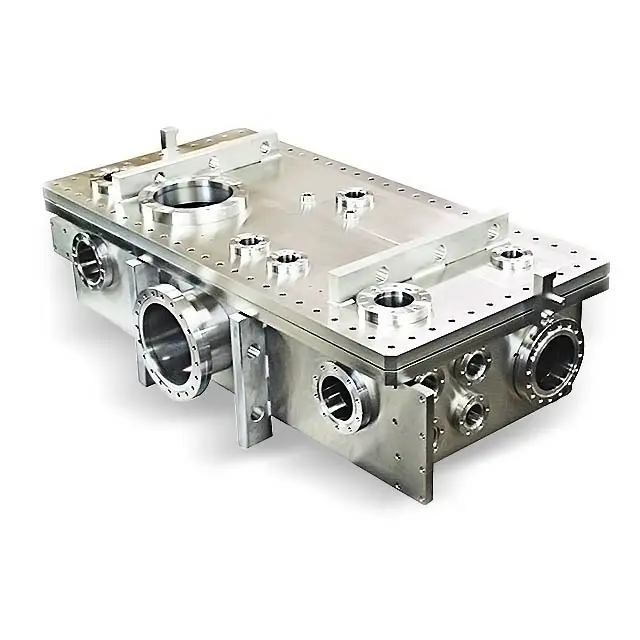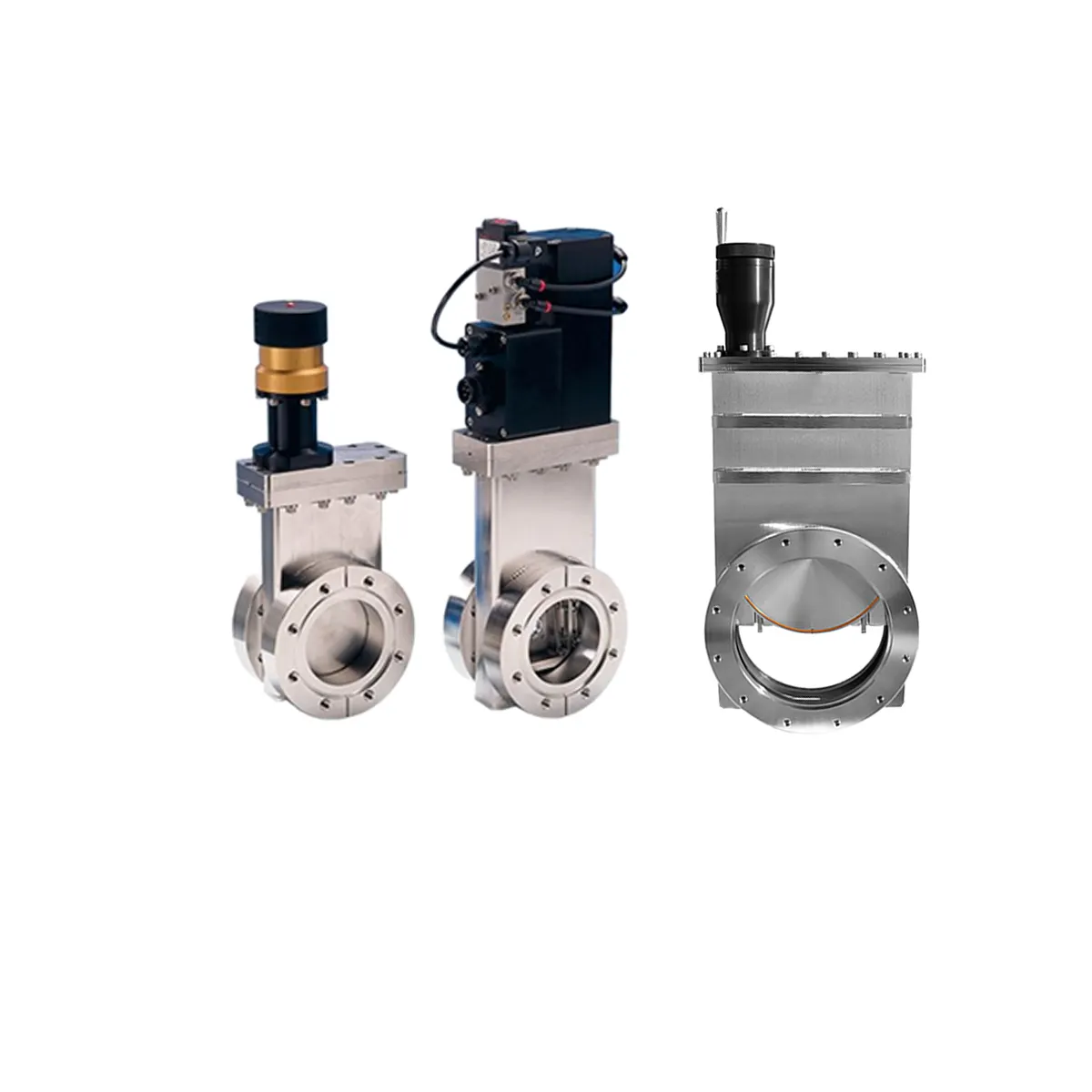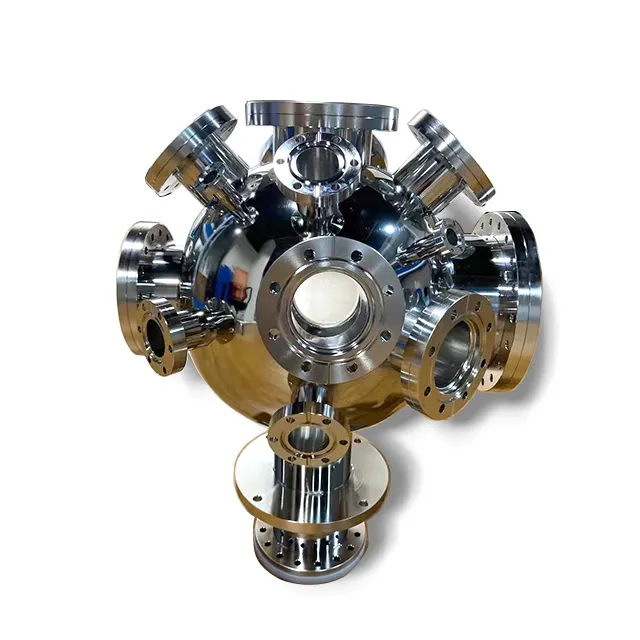vacuum carburizing
Vacuum carburizing represents a cutting-edge heat treatment process designed to enhance the surface properties of steel components. This advanced technology operates in a controlled, oxygen-free environment where carbon-rich gases are introduced at elevated temperatures, typically ranging from 900°C to 1050°C. The process involves the diffusion of carbon atoms into the steel surface, creating a hardened case layer while maintaining a softer, tougher core. Unlike traditional carburizing methods, vacuum carburizing eliminates the formation of oxidation and enables precise control over the carbon potential and case depth. The technology utilizes sophisticated computer controls to manage multiple parameters, including temperature, pressure, and gas flow rates, ensuring consistent and reproducible results. This process is particularly valuable in manufacturing precision components for automotive, aerospace, and industrial applications where high surface hardness, wear resistance, and fatigue strength are crucial. The absence of oxygen during the process prevents the formation of intergranular oxidation, resulting in superior case hardness and improved component performance. Additionally, vacuum carburizing allows for the treatment of complex geometries and blind holes, making it ideal for sophisticated engineering components.


